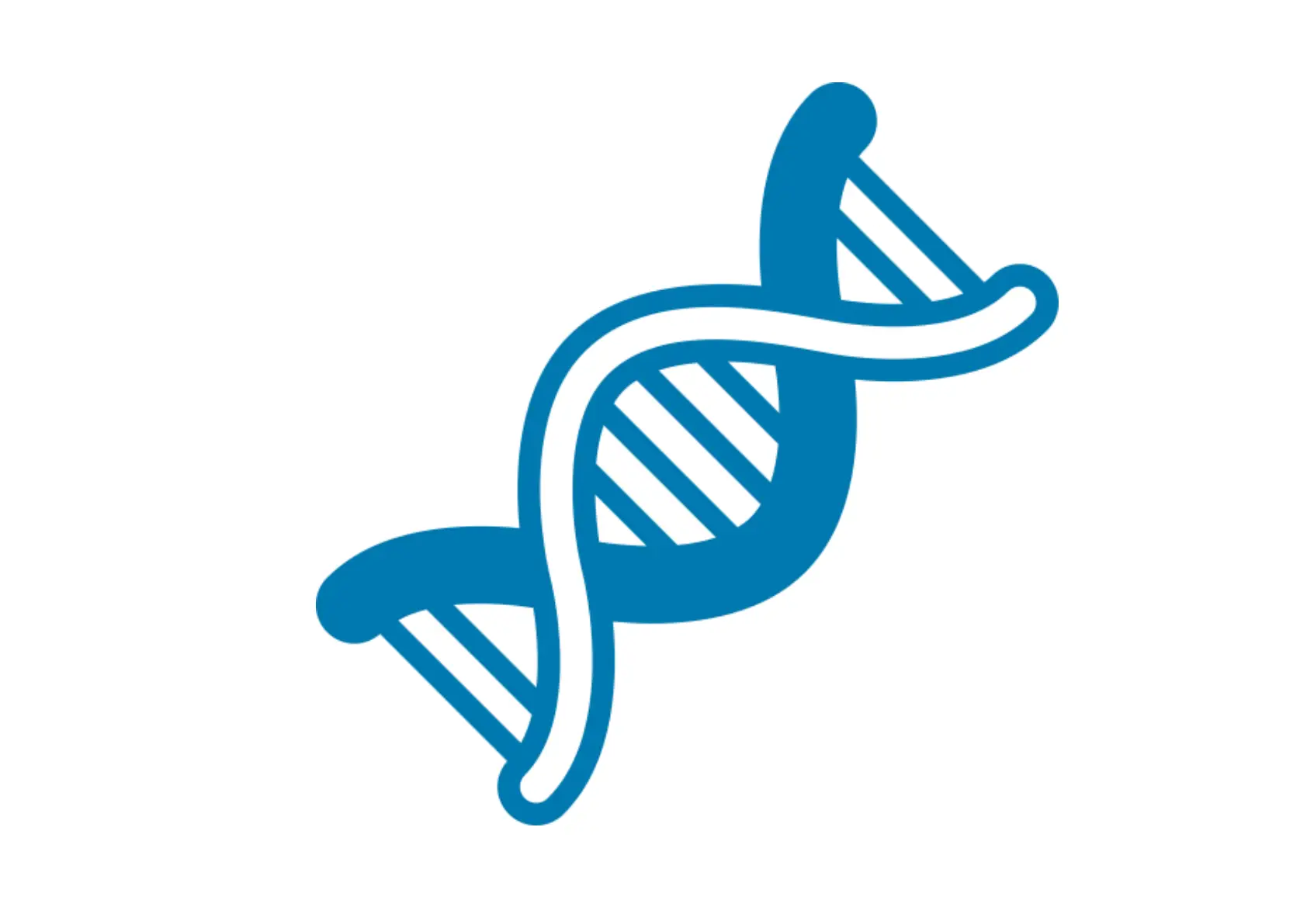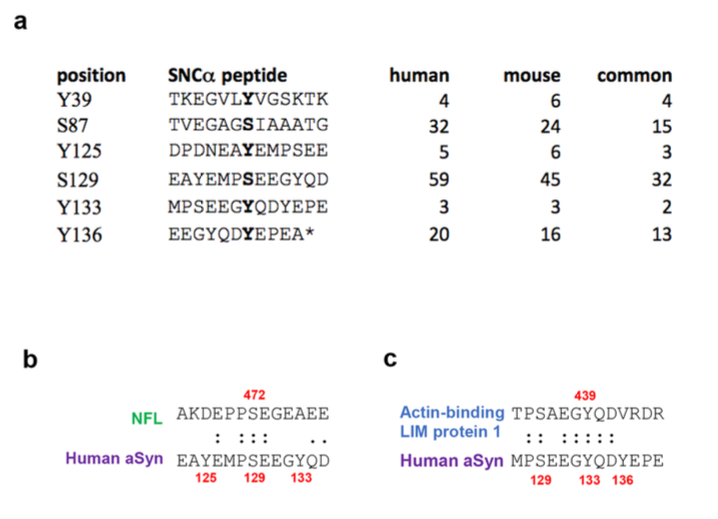Upon request, we work closely with the Proteomic facilities from UNIL and EPFL to perform downstream analyses of the data they collect.
What kind of analysis do we do
Methods:
- Differential analysis
- Time course analysis
Some examples:
Proteomic and phosphoproteomic analyses reveal that TORC1 is reactivated by pheromone signaling during sexual reproduction in fission yeast
In this publication, we analysed (phospho)proteomic time-course of fission yeast sexual gamete differentiation and fusion, and report proteins (and sites) that change significantly over time.
Revisiting the specificity and ability of phospho-S129 antibodies to capture alpha-synuclein biochemical and pathological diversity
In this publication, we searched the proteome for proteins that could fail to be recognised by antibodies upon phosphorylation, or in contrast elicit false positive signals, illustrating the necessity to robustly characterise antibodies batches before using them for research.
(a) The number of candidate hits retrieved for human, mouse, or common to both organisms is indicated for each peptide. The asterisk (*) present in the last sequence indicates the C-terminal residue.
(b) Sequence alignment of the region around human aSyn pS129 and Neuro lament light polypeptide (NFL) pS472, which is known to cross-react with antibodies raised against pS129-aSyn.
(c) Sequence alignment of the region around human aSyn pY133 and Actin-binding LIM protein 1 pY439, illustrating a level of similarity even higher than between aSyn and NFL.



